Companies using gamification for employee engagement are tapping into a powerful strategy that transforms the workplace. Gamification, with its roots in the video game industry, has evolved into a sophisticated tool for enhancing productivity, learning, and overall job satisfaction. As businesses seek innovative ways to motivate their workforce, understanding and implementing gamification becomes a vital component of their success.
What is Gamification?
Gamification is the application of game mechanics and design principles to non-game environments, such as business or education, to enhance engagement and motivation. By integrating elements like progress bars, virtual rewards, storytelling, quests, and time-limited events, gamification transforms routine tasks into dynamic and enjoyable activities. This approach leverages psychological triggers—such as the thrill of progression, the satisfaction of unlocking new experiences, and the drive to complete missions—to encourage greater involvement and continuous improvement. The Octalysis Framework, a key tool in gamification, helps structure these elements in a way that taps into core human motivations, ensuring that the gamified experience is both engaging and effective in achieving specific objectives, whether in the workplace, education, or customer interaction.
Benefitting from the Gaming Industry
The video game industry has had a significant impact on workplace gamification. By mimicking the addictive nature of games, companies have been able to refine work efficiency. Incorporating game design principles, such as instant feedback, challenge-reward systems, and storytelling, these companies were able to create an engaging workplace environment aimed at boosting employee productivity, creativity, and teamwork.
The most significant concept from game design, making tasks challenging yet rewardingly balanced, has been directly adapted to workplace gamification tactics. With this approach, designing tasks that test employees’ abilities while providing proportional rewards has given them a sense of appreciation for their accomplishments and keeps them motivated. Knowing how to keep all types of players invested, the company will be able to build processes that maintain employee engagement and motivation over time.
These contributions have resulted in the development of a variety of gamified software solutions, such as CardioLog’s Gamify. As a result, businesses were able to modernize every facet of their operations that needed to be updated. They can be used to train employees, provide customer support, manage projects, and encourage innovation. When gaming mechanics are added to these examples, firms experience increased involvement and improved overall performance, resulting in a more engaged and productive staff.

The Octalysis Framework
The Octalysis Framework, developed by Yu-kai Chou, is a structured analysis of human motivation. It identifies eight core drives that motivate human behavior: Epic Meaning and Calling, Development and Accomplishment, Empowerment of Creativity and Feedback, Ownership and Possession, Social Influence and Relatedness, Scarcity and Impatience, Unpredictability and Curiosity, and Loss and Avoidance. Balancing these drives can create engaging and motivating gamified experiences.
The Eight Core Drives of the Octalysis Framework
- Epic Meaning and Calling: Driven by a sense of purpose or mission, people act to contribute to something meaningful.
- Development and Accomplishment: Motivation comes from progress and mastery, encouraged through challenges and rewards like points and badges.
- Empowerment of Creativity and Feedback: Creativity thrives when users can express ideas and receive feedback, often through building or customizing elements.
- Ownership and Possession: The desire to acquire and improve assets drives people to collect items and accumulate points, fostering a sense of ownership.
- Social Influence and Relatedness: Social interactions, recognition, and competition motivate people to connect and collaborate with others.
- Scarcity and Impatience: Time-sensitive challenges and exclusive offers drive the desire for rare or hard-to-get items.
- Unpredictability and Curiosity: Mystery elements and random rewards tap into the human drive for discovery and uncertainty.
- Loss and Avoidance: Fear of losing rewards or facing penalties motivates people to strive for progress and maintain their status.
Strategies for Gamifying the Workplace
To effectively implement gamification in the workplace, companies must understand employee motivations and use meaningful rewards. Start with basic mechanics like points and leaderboards, then scale up to complex features like challenges and social recognition. Continuous feedback, real-time progress tracking, and customization are crucial for maintaining engagement and ensuring the effectiveness of gamified systems. The goal is to create a balanced, engaging, and rewarding environment that motivates employees to achieve their best.
Understanding Employee Motivations: Understanding employee motivations, such as competition, recognition, or mastery, is crucial for designing a gamification strategy that resonates with all employees through surveys, interviews, and observation.
Setting Clear Objectives: Gamification effectively promotes employee motivation by setting clear, achievable objectives that align with the company’s broader goals, ensuring they remain focused and engaged.
Using Meaningful Rewards: Gamification rewards should be meaningful and relevant to employees, ranging from recognition to tangible bonuses or extra time off, ensuring they align with the effort required to achieve them.
Starting Simple and Scaling Up: Start with basic gamification elements like points and badges, gradually introduce more complex features like team-based challenges, social recognition, and personalized learning paths for employee comfort and management.
Providing Continuous Feedback: Continuous feedback is crucial for employee engagement in a gamified system, providing immediate information on progress and areas for improvement through progress bars, real-time analytics, and regular check-ins.
Customizing the Experience: Customizing gamification experiences to meet individual employee motivations, such as offering challenges, rewards, or recognition, is crucial for enhancing employee engagement and career growth.
The Transformative Impacts of Gamification
Gamification in the workplace has proven to be a powerful tool for businesses, transforming their operations and enhancing productivity, satisfaction, and growth. Companies like Duolingo, Omnicare, Microsoft, and Deloitte have successfully integrated game-like elements into everyday tasks, transforming employee and customer experiences. Duolingo transformed language learning into an engaging and addictive activity, creating a community of over 500 million active learners. Omnicare, a leader in pharmacy services for long-term care facilities, reduced wait times by 50% and achieved full employee participation. Microsoft, by embedding achievements, rewards, and challenges into its products, increased satisfaction and retention, demonstrating that gamification can scale effectively across large organizations. Deloitte’s Leadership Academy, for example, saw a 75% faster completion rate of training and a 47% increase in daily return visitors. Their thoughtful application of gamification has led to remarkable outcomes with tangible impacts on their businesses. With strategic implementation, organizations prosper both internally with employees and externally with customers across all fields and sectors.
Customizing Your Organization Through Gamification
CardioLog’s Gamify is one of the several tools available on the market for bringing gamification into SharePoint, Office 365, and Viva Engage environments. These solutions work by making routine tasks more enjoyable and interactive. By incorporating features like points, badges, leaderboards, progress tracking, and challenges, gamification solutions tap into human desires for achievement, competition, and recognition, encouraging users to stay engaged and motivated. Gamification can be applicable to various contexts, such as employee training, project management, customer loyalty programs, and educational courses. In the workplace, gamification software can transform learning modules into interactive experiences with levels to complete and rewards to earn.
The notable aspect of Gamify in particular is its ability to be customized to fit the specific needs and culture of different organizations. Being able to seamlessly integrate with SharePoint and Microsoft 365, companies can quickly and effectively design gamified experiences that align with their goals, such as increasing the adoption of new tools, encouraging collaboration, or improving project management. Additionally, the platform includes analytics features that help organizations monitor how users are engaging with these gamified elements and make adjustments as needed to improve the overall experience.
Gamification has emerged as an indispensable approach for increasing employee engagement, productivity, and fulfillment in the workplace. Businesses can make regular tasks more entertaining and motivational by incorporating game-like aspects into them. This method not only motivates and improves employee performance, but also promotes team creativity and collaboration. Successful deployments across industries have demonstrated that gamification can increase learning retention, service efficiency, and overall employee participation. Understanding employee incentives, establishing clear goals, and providing meaningful rewards are necessary for creating a productive and balanced gamified environment. Furthermore, professional gamification solutions are able to help firms effortlessly integrate these methods into their digital workflows, delivering important insights and customization choices to increase engagement and drive commercial success. In total, gamification has proven to be an effective technique for generating innovation and achieving measurable commercial objectives.
FAQs about Advantages of Companies Using Gamification
What is gamification and how does it benefit the workplace?
Gamification is the application of game mechanics and design principles to non-game environments, such as workplaces, to enhance engagement and motivation. By integrating elements like campaigns, scenarios, and rewards, gamification transforms routine tasks into engaging experiences. This approach benefits the workplace by boosting employee productivity, improving learning retention, encouraging teamwork, and increasing overall job satisfaction.
What is the Octalysis Framework, and why is it important in gamification?
The Octalysis Framework, developed by Yu-kai Chou, is a structured analysis of human motivation used in gamification. It identifies eight core drives that influence behavior, such as Epic Meaning, Accomplishment, and Social Influence. This framework is important because it helps design gamified experiences that are engaging and motivating, ensuring that gamification strategies align with both user motivations and business objectives.
What are some key strategies for implementing gamification in the workplace?
Key strategies for implementing gamification in the workplace include understanding employee motivations, setting clear and achievable objectives, providing meaningful rewards, and starting with simple game mechanics before scaling up. Continuous feedback and customization are also crucial to maintaining engagement and ensuring the effectiveness of the gamification system.
How does gamification drive employee engagement in different industries?
Gamification drives employee engagement by making routine tasks more interactive and rewarding, regardless of the industry. Platforms like Duolingo, Omnicare, and Deloitte use gamification to keep learners motivated, improve customer service efficiency and employee participation, accelerate learning, and increase engagement in their Leadership Academy. By applying game-like elements, companies across various sectors have enhanced employee involvement, improved productivity, and achieved better overall outcomes.
How does CardioLog’s Gamify enhance SharePoint and Office 365 environments?
Gamify enhances SharePoint and Office 365 environments by integrating gamification elements like points, badges, and challenges into everyday tasks. It is highly customizable, allowing organizations to align gamified experiences with their specific goals, such as improving tool adoption, fostering collaboration, or enhancing project management. The platform also includes analytics to monitor user engagement and optimize the gamification strategy as needed.
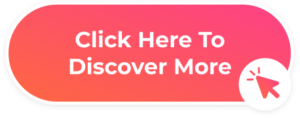



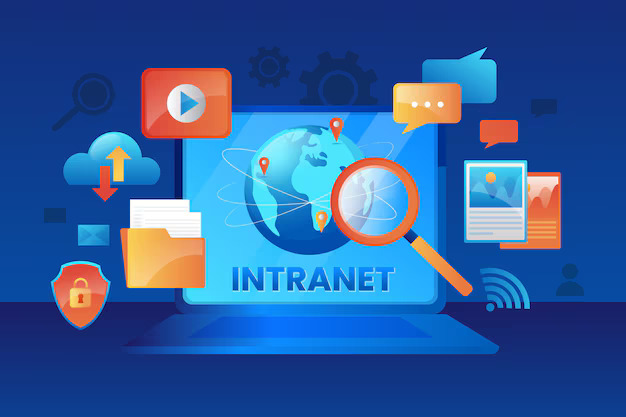
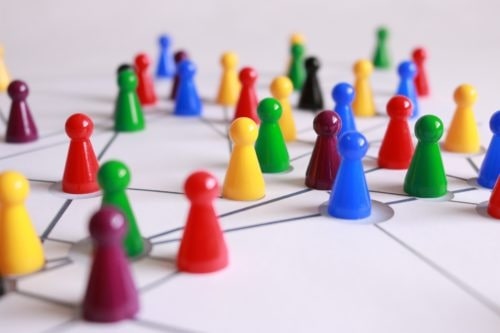
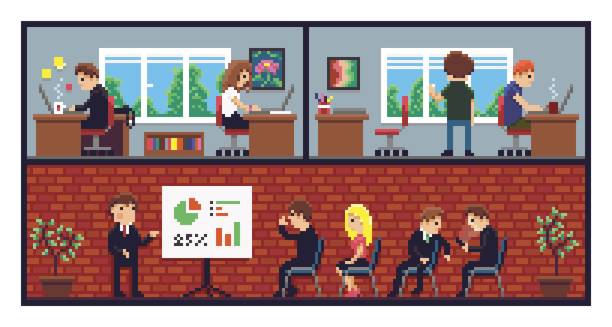

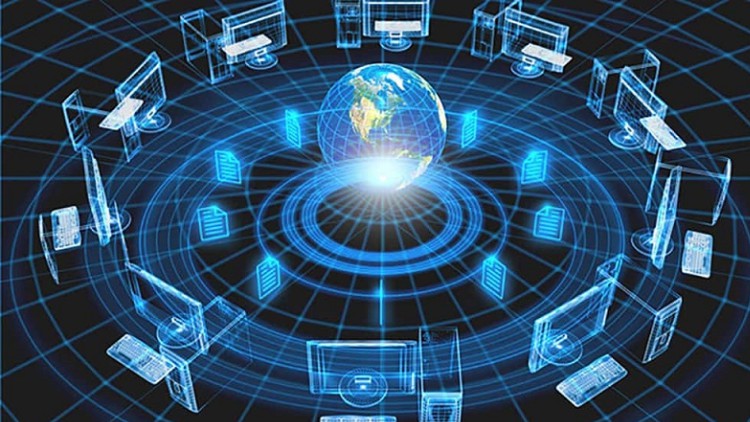

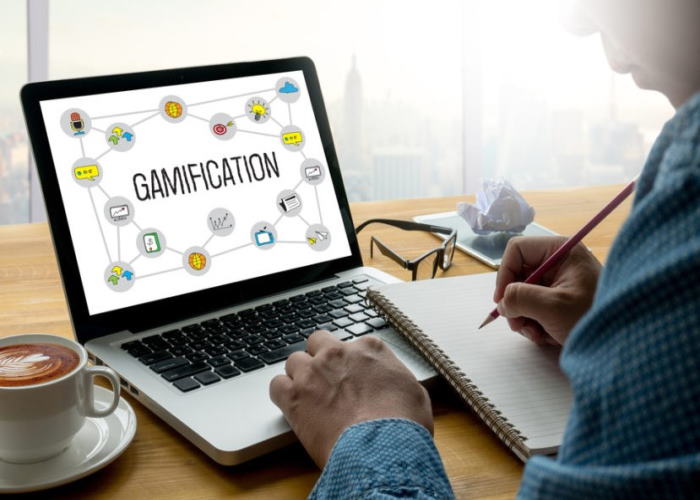

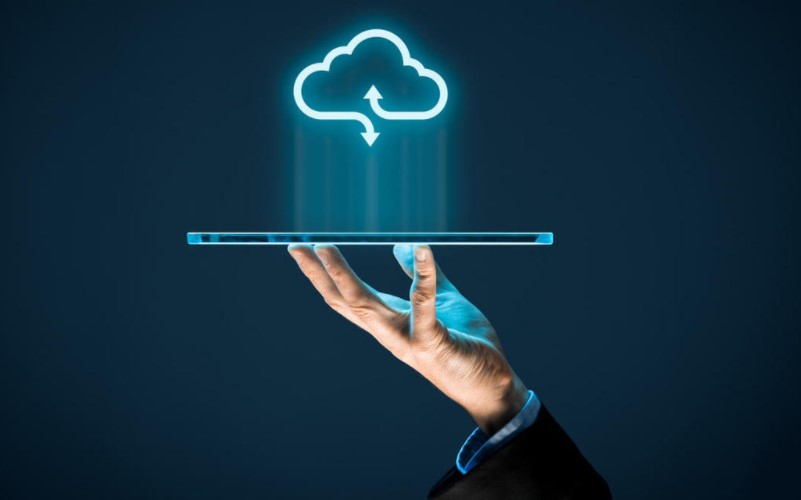
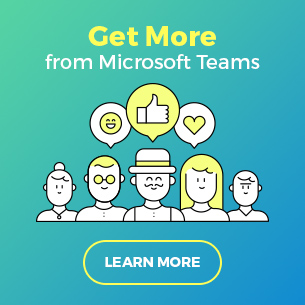
 Follow @cardiolog
Follow @cardiolog 